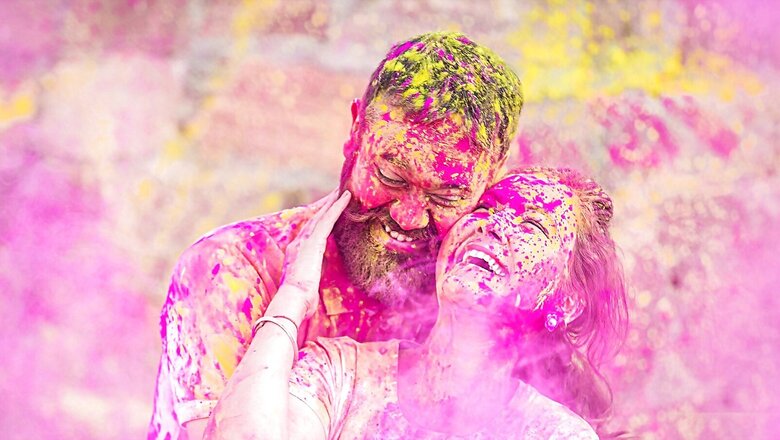
views
The vibrant and one of the main festivals of India, Holi marks the arrival of spring and holds a deep significance. The festival symbolizes the victory of good over evil and is celebrated with immense zeal. Singing, dancing, and feasting on traditional sweets and savories, Holi brings everyone along. Just as Diwali is called the ‘festival of lights’, Holi is widely known as ‘The festival of Colors’.
Traditionally people play with Gulal (powdered color) and water as a form of celebration. However, the use of synthetic colors during Holi can lead to a lot many health problems, specifically respiratory and ENT problems. Being exposed to these colors can cause irritation and inflammation of the eyes, nose, and throat, and can also trigger asthma attacks in people with pre-existing respiratory conditions. Read on to find out more about these ailments:
Ear, Nose, and Throat Ailments
While the color of festival is fun and enjoyable, it can also lead to a range of health issues, particularly ear, nose, and throat (ENT) diseases. The colored powders used during Holi can cause various respiratory problems when inhaled. This can lead to conditions such as bronchitis, asthma, and allergies.
Additionally, the colors, if inhaled can irritate the delicate tissues in the nose and throat, causing inflammation and discomfort. In some cases, the colors used as well as playing with water during Holi may also cause ear infections. This can happen when the powders or water enter the ear canal, creating an environment for bacteria to thrive. Water can also cause itching, earache, or blockage.
To prevent ENT diseases, it is essential to take precautions such as covering the nose and mouth while playing with colours and water. Moreover, you can use natural and non-toxic colours, and avoid colours that have a strong smell. Maintaining good hygiene practices and clean the ears, nose, and throat thoroughly after playing Holi is crucial
Respiratory Ailments
The powder colour used during the festival can irritate the nasal and respiratory passages. This can lead to conditions such as coughing, sneezing, wheezing, and shortness of breath. In more serious cases, it can also trigger asthma attacks or chronic obstructive pulmonary disease (COPD) in individuals with pre-existing respiratory conditions. Other respiratory illnesses can include Pneumonitis and Rhinitis.
Accidentally inhaling the powders can lead to inflammation of the airways, making it difficult to breathe. Furthermore, the powders used during Holi may contain harmful chemicals that can cause further damage to the respiratory system. Long-term exposure to these chemicals can lead to chronic respiratory problems such as bronchitis, emphysema, and lung cancer.
To prevent respiratory diseases due to Holi colors, it is important to use natural and non-toxic colors, wear a mask or cover the nose and mouth while playing with colors. Also, it is crucial to seek medical attention immediately if any respiratory symptoms persist or worsen after playing with Holi colors.
Read all the Latest Lifestyle News here


















Comments
0 comment